Introduction: Why Should You Care About Spices?
If you've ever stared blankly at a bottle labeled "Paprika" and wondered if it was just fancy red dust, this article is for home cooks ready to unlock culinary confidence. Welcome to the essential guide to spice fundamentals, where we transform pantry staples into flavor catalysts—equipping you to elevate everyday meals with precision and cultural insight.
Table of Contents
- 1. The Holy Trinity: Salt, Pepper, Garlic
- 2. Heat, Meet Flavor – Chili Peppers Explained
- 3. Sweet, Savory, or Just Weird? Cinnamon, Nutmeg & Allspice
- 4. Herbs vs. Spices: What’s the Difference Anyway?
- 5. Global Spice Showdown: Regional Flavors Compared
- 6. DIY Blends: Make Your Own Magic Mixes
- 7. The Dos and Don’ts of Storing Spices
- Conclusion: Spice Up Your Life (Literally)
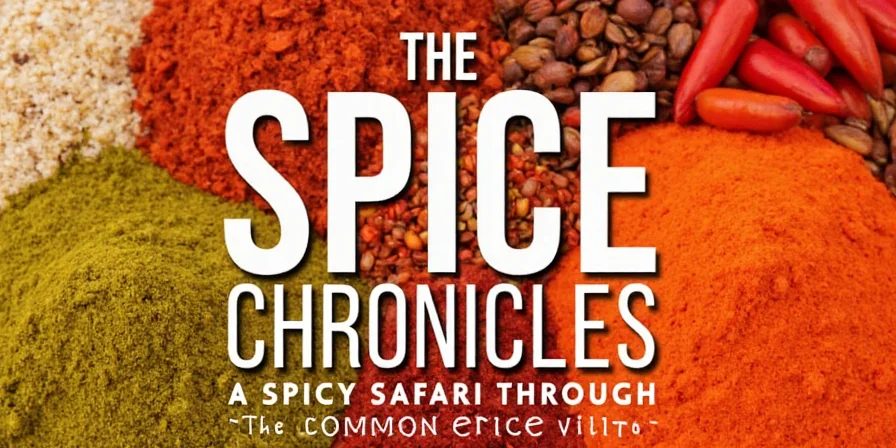
1. The Holy Trinity: Salt, Pepper, Garlic
Before exploring exotic flavors, master the kitchen foundation: salt, black pepper, and garlic. These form the backbone of savory cooking through strategic flavor layering.
- Salt: Enhances texture and amplifies other ingredients. Sea salt adds mineral complexity to finishing dishes, while kosher salt excels in cooking.
- Black Pepper: Freshly ground releases volatile oils. Store whole peppercorns in opaque containers—pre-ground loses 50% aroma within 30 days.
- Garlic: Raw delivers sharp bite, roasted creates caramelized sweetness. Never skip the 'bloom' step: sauté in oil before adding liquids to deepen flavor profiles.
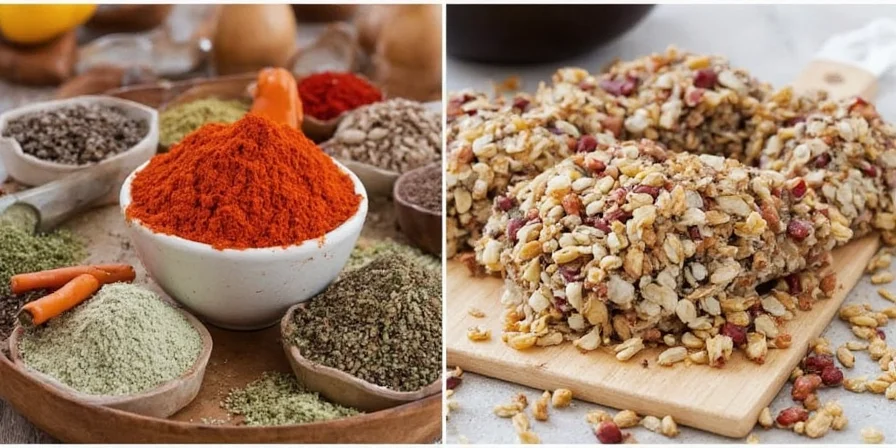
2. Heat, Meet Flavor – Chili Peppers Explained
Chili peppers contribute nuanced heat profiles beyond Scoville units. Understanding their flavor dimensionality prevents one-dimensional spiciness.
| Chili Name | Heat Level (SHU) | Flavor Profile | Best Used For |
|---|---|---|---|
| Jalapeño | 2,500–8,000 | Bright, grassy, slightly smoky | Salsas, nachos, pickling |
| Hatch Green Chile | 2,500–5,000 | Roasty, earthy, mildly spicy | Stews, sauces, roasted dishes |
| Cayenne | 30,000–50,000 | Sharp, biting, hot | Hot sauces, marinades, Cajun dishes |
| Habanero | 100,000–350,000 | Fruity, floral, super-hot | Hot sauces, Caribbean cuisine |
| Ghost Pepper (Bhut Jolokia) | Over 1,000,000 | Smoky, sweet, then painful | Extreme challenges, fire breathing |

3. Sweet, Savory, or Just Weird? Cinnamon, Nutmeg & Allspice
These warm spices transcend desserts—they balance acidity in tomato sauces and add complexity to braised meats. Precision in application prevents cloying results.
- Cinnamon: Cassia (common) offers bold punch for stews; delicate Ceylon shines in custards. Never add to boiling liquids—heat destroys its aromatic compounds.
- Nutmeg: Freshly grated releases myristicin. Use sparingly in mashed potatoes (0.25 tsp per pound) to avoid bitterness.
- Allspice: Its name comes from Jamaican 'pimento' berries smelling like cinnamon-clove-nutmeg hybrids. Essential in mole sauces and Middle Eastern lamb dishes.
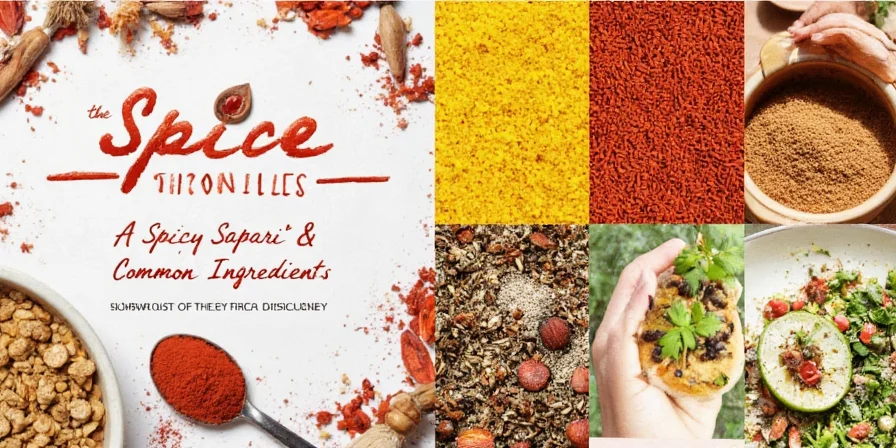
4. Herbs vs. Spices: What’s the Difference Anyway?
The distinction impacts cooking techniques and shelf life. Misapplication causes flavor loss.
- Herbs:
- Leaves of herbaceous plants (basil, thyme). Dried herbs added early infuse base notes; fresh herbs added at end preserve volatile oils. Refrigerate fresh herbs stems-in-water.
- Spices:
- Seeds, roots, bark (cumin, ginger). Toast whole spices before grinding to awaken oils. Store away from light—ground spices degrade 3x faster than whole.

5. Global Spice Showdown: Regional Flavors Compared
Regional blends reflect terroir and cultural adaptation. Modern climate shifts are altering traditional flavor profiles—a critical consideration for authenticity.
| Region | Signature Spice Blend | Main Ingredients | Flavor Profile |
|---|---|---|---|
| Mexico | Taco Seasoning | Cumin, chili powder, garlic powder, paprika, oregano | Earthy, smoky, slightly tangy |
| India | Garam Masala | Coriander, cumin, cardamom, cloves, cinnamon, nutmeg | Warm, aromatic, slightly sweet |
| Morocco | Ras el Hanout | Cardamom, cumin, turmeric, paprika, cinnamon, ginger | Complex, floral, earthy |
| France | Herbes de Provence | Lavender, thyme, rosemary, oregano, marjoram | Aromatic, herby, floral |
| Middle East | Za’atar | Thyme, sumac, sesame seeds, salt | Tangy, herbal, nutty |
Unique Insight: Rising temperatures in Oaxaca are reducing the eugenol content in Mexican oregano, altering its traditional pungency. Similarly, Sri Lankan cinnamon growers report thinner bark due to irregular monsoons—impacting oil concentration. These shifts demand adaptable spice blending for authentic results.
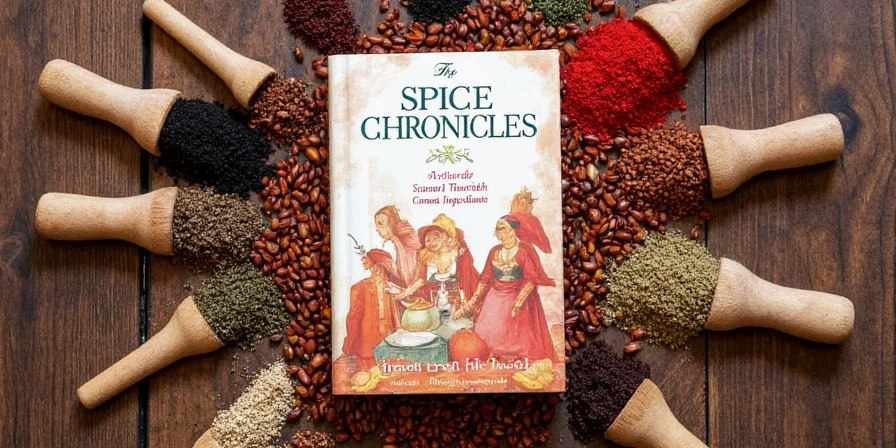
6. DIY Blends: Make Your Own Magic Mixes
Commercial blends often contain fillers. Custom mixes ensure potency and reduce sodium by 30%. Precision in ratios prevents imbalance.
Homemade Curry Powder (Indian Style)
- 2 tbsp ground coriander (base note)
- 1 tbsp ground cumin (earthy layer)
- 1 tsp turmeric (color/earthiness)
- ½ tsp ground ginger (warmth)
- ½ tsp black pepper (bioavailability enhancer)
- ¼ tsp ground cinnamon (sweet top note)
- ¼ tsp ground cloves (pungent accent)
Pro Tip: Bloom in 1 tbsp oil for 60 seconds before adding liquids to unlock 200% more flavor compounds.
Mexican Taco Seasoning
- 2 tbsp chili powder (heat base)
- 1 tbsp cumin (essential earthiness)
- 1 tsp garlic powder (savory depth)
- 1 tsp onion powder (sweet foundation)
- 1 tsp smoked paprika (complexity)
- ½ tsp dried oregano (herbal finish)
- Salt to taste (use 25% less than store-bought)
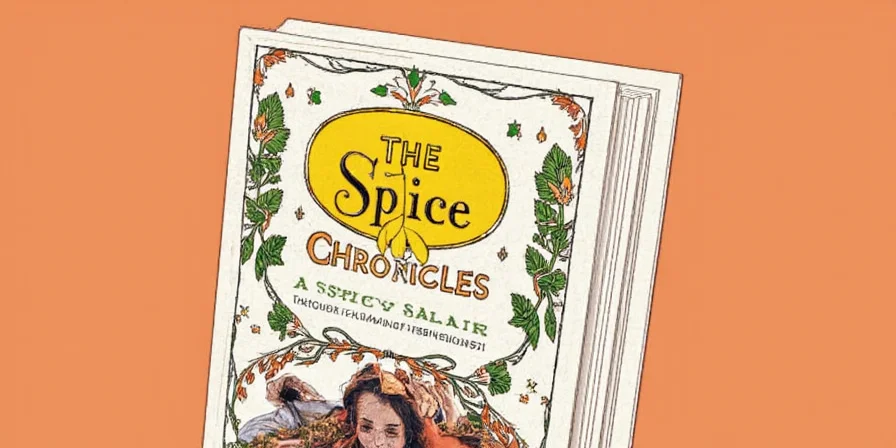
7. The Dos and Don’ts of Storing Spices
Flavor degradation follows predictable chemical pathways. Optimal storage preserves volatile compounds responsible for sensory impact.
Dos
- Store in UV-blocking amber glass jars—light degrades curcumin in turmeric within 4 weeks.
- Keep below 70°F (21°C); every 18°F (10°C) increase doubles oxidation rate.
- Use vacuum-sealed containers for whole spices—extends shelf life to 4 years vs. 2.
Don'ts
- Store near cooking surfaces—steam causes clumping and accelerates flavor loss.
- Keep ground spices beyond 18 months—volatiles diminish to ineffective levels.
- Use plastic containers—oils leach into plastic, absorbing off-flavors.
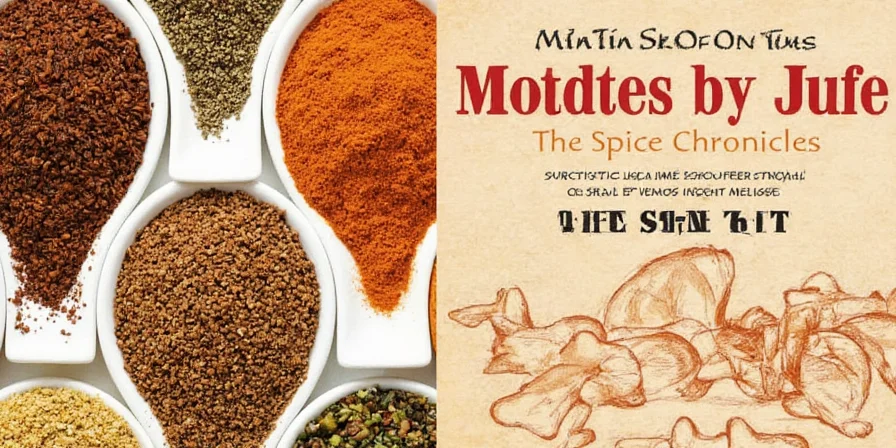
Conclusion: Spice Up Your Life (Literally)
Spices are culinary catalysts—not mere seasonings. They bridge cultural traditions while responding to environmental shifts. By understanding their chemical behavior and regional contexts, you transform recipes into resonant experiences. Remember: the right spice at the right moment doesn't just enhance food—it tells a story of land, climate, and human ingenuity.
Next time you reach for paprika, consider its journey from Hungarian fields to your kitchen. Then season with purpose.
Frequently Asked Questions
How can I tell if my spices are still fresh?
Fade in color and weak aroma are key signs. For ground spices, rub a small amount between your fingers to release the scent—if it's barely noticeable, it's time to replace. Whole spices last longer; if they no longer taste potent when chewed (like a clove), they've lost their punch.
Which spices are worth buying whole and grinding myself?
Spices with high volatile oil content benefit most from fresh grinding, including cumin, coriander, nutmeg, and pepper. Whole spices retain their flavor longer and provide a noticeably brighter taste when ground just before use.
Can I substitute one type of chili pepper for another in a recipe?
Yes, but adjust quantities based on heat level. For example, replace one habanero with 1/4 to 1/2 teaspoon of cayenne powder. Always start with less and taste as you go—you can add heat, but you can't remove it!
What's the difference between paprika and chili powder?
Paprika is a single spice made from ground peppers, ranging from sweet to smoked to hot. Chili powder is a blend typically containing paprika, cumin, garlic powder, and other spices. They are not interchangeable in recipes requiring specific flavor profiles.
Are expensive spices like saffron worth the cost?
For dishes where saffron is the star (like paella or risotto alla Milanese), yes—it imparts a unique floral note and golden hue no substitute can replicate. Use it sparingly (a pinch goes far) and buy from reputable sources to avoid adulterated products.

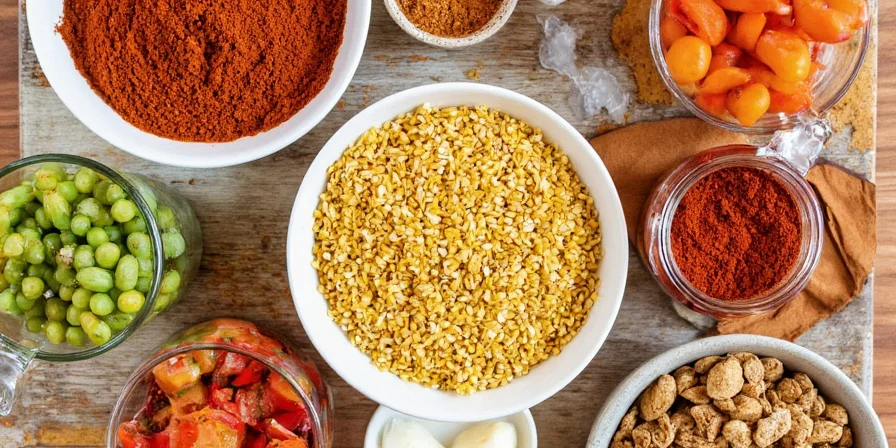









 浙公网安备
33010002000092号
浙公网安备
33010002000092号 浙B2-20120091-4
浙B2-20120091-4